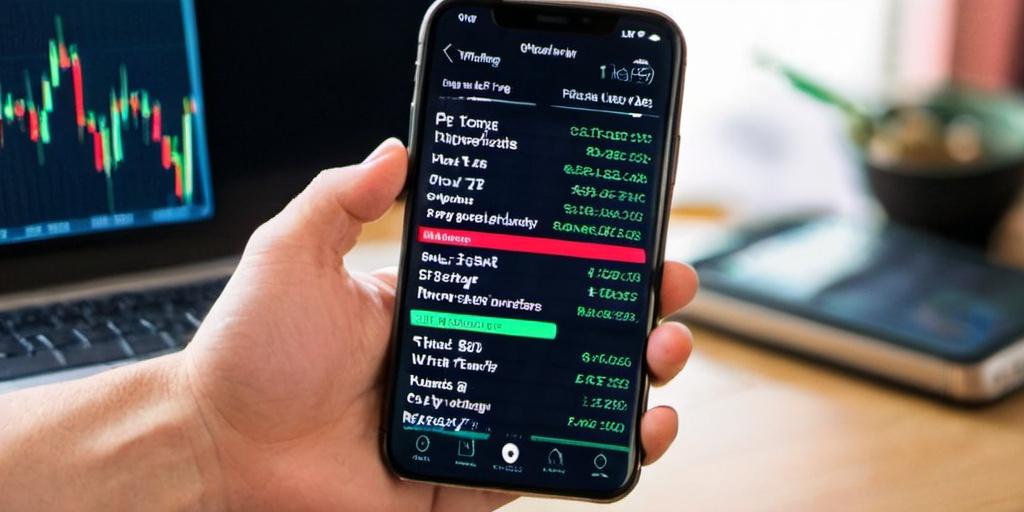
Day Trading: A Closer Look
Day trading is a buzzword that floats around the stock market, yet many folks are clueless about what it really means. Imagine popping in and out of stocks like you’re checking out snacks at the grocery store. That’s day trading in a nutshell. It’s not for the faint-hearted or those with a day job that involves actual work hours.
The Nitty-Gritty of Day Trading
Day trading involves buying and selling stocks within the same trading day. Yep, it’s as fast-paced as it sounds. Traders aim to capitalize on small price movements. It’s the financial world’s version of speed dating. You get in quick, and you get out even quicker, hoping you leave with a little something extra (dollars, not phone numbers).
Who’s Doing It?
People who day trade aren’t just big shot hedge fund managers. They’re regular folks, too, like Bob from accounting who’s tired of Excel sheets and wants something more exciting. Many day traders operate alone, using online platforms. But it’s not everyone’s cup of tea. The market’s unpredictability means you can gain or lose money faster than you can say “S&P 500.”
Tools of the Trade
To keep up with the rapid pace, day traders rely on a suite of tools. Think of these as their high-tech toys:
- Trading Platforms: These are like the command centers for day traders. They offer real-time data, charts, and order execution.
- Technical Analysis Software: This helps traders assess stock movements, using charts and patterns. It’s a bit like reading tea leaves, just with more math and fewer leaves.
- News Feeds: Staying updated with news can be the difference between a profitable trade and a regrettable one.
Strategies and Techniques
Day traders aren’t just shooting in the dark. They’ve got strategies. Common ones include:
- Scalping: This is the art of making dozens or hundreds of trades in a day for small profits. It’s like picking up pennies on a racetrack.
- Momentum Trading: Traders look for stocks moving significantly in one direction on high volume, riding the wave as long as it lasts.
- Range Trading: Here, traders play it safe, buying at support levels and selling at resistance.
Risks? Yup, Plenty
Day trading is risky, no sugarcoating it. It’s a high-stakes game where losing is as easy as winning. The pressure is on to make fast decisions. One wrong move, and you could be looking at a loss. That said, there’s money to be made, just ask anyone who’s made a small fortune (or lost one).
Regulatory Oversight
The financial world isn’t the Wild West, and day trading is no exception. In the US, the Financial Industry Regulatory Authority (FINRA) has rules. For instance, if you’re classified as a “pattern day trader,” you need to have at least $25,000 in your account. It keeps out the riffraff, or so they say.
Final Thoughts
It’s not easy. It’s not for everyone. But for those who thrive on adrenaline and have the knack for quick, informed decisions, day trading can be a rewarding venture. However, for the rest of us mere mortals, perhaps sticking to long-term investments might be a safer bet. Remember, the stock market will always be there, waiting patiently like a loyal dog. Well, except when it’s closed.